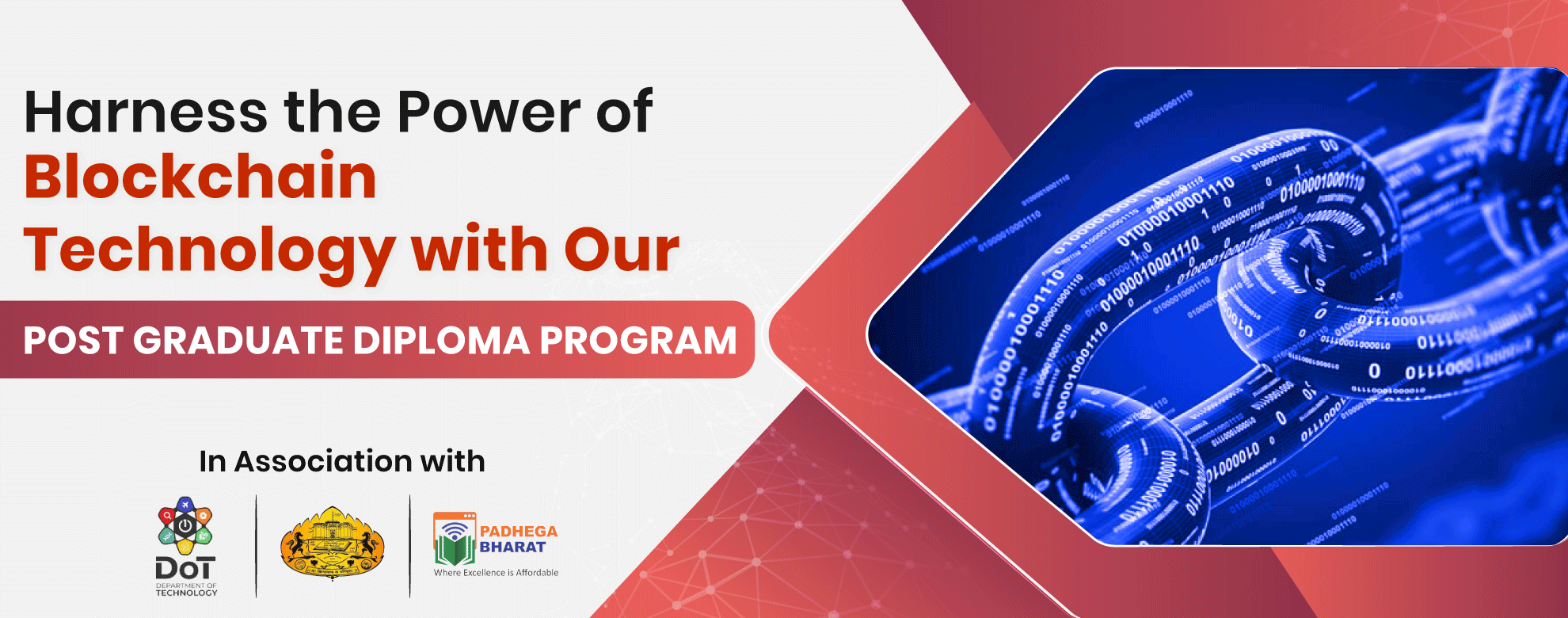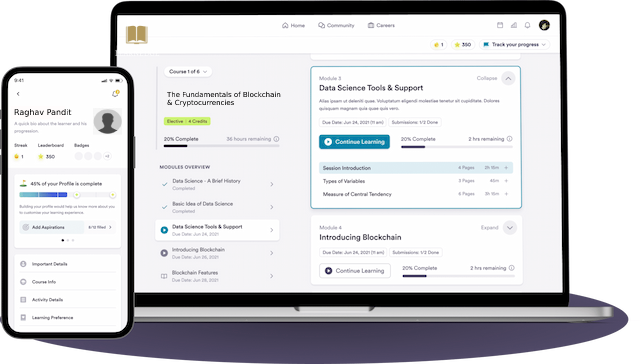
Blockchain project technology: In industry, this post is recognised as Blockchain developer. Blockchain technology is growing in use and it's essential to understand its core business uses and benefits. Blockchain is an emerging technology platform for developing decentralized applications and data storage, over and beyond its role as the technology underlying the cryptocurrencies. The basic tenet of this platform is that it allows to create a distributed and replicated ledger of events, transactions, and data generated through various IT processes with strong cryptographic guarantees of tamper resistance, immutability, and verifiability. The objective of this course is to provide conceptual understanding of how blockchain technology can be used to innovate and improve business processes.
This course starts with fundamentals of blockchain & covers the essentials topics of different blockchain platforms, core applications of blockchain, blockchain lab & applications, blockchain architectures, projects on Ethereum & Hyperledger with on job training makes the learner industry needed skilled blockchain developer. The course covers the technological underpinning of blockchain operations in both theoretical and practical implementation of solutions using blockchain technology.

280 Hours

200 Hours

80 Hours

10 Months

Practicals

Internship

Modules

1,29,000


From NBFC Partners
Graduate in any branch of science, Commerce, Arts or Management

Learn on an AI-powered & personalised platform with best-in-class content, live sessions & mentoring from leading industry experts.
Explore NowBest-in-class content by leading faculty and industry leaders in the form of videos, cases and projects, assignments and live sessions